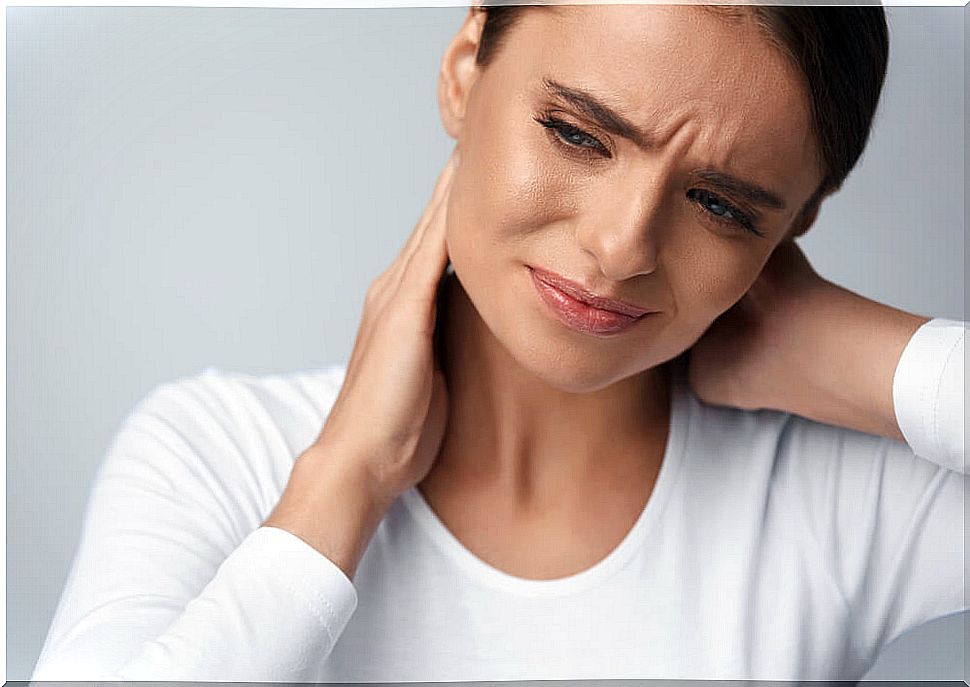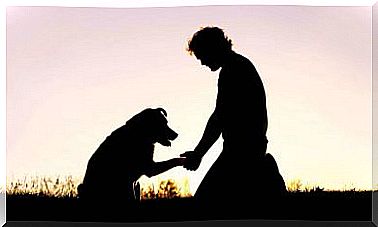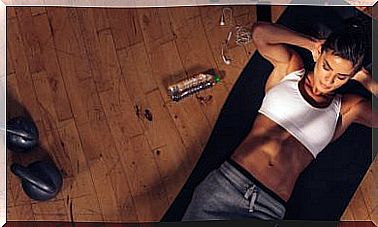Shingles: What Is It And How Does It Manifest Itself?
Shingles is a very painful rash derived from the varicella-zoster virus, the same virus that causes chickenpox. This occurs when a virus that attacks nerve cells reactivates after a while and that is how the rash or rash is caused.
What happens is that once you’ve had chickenpox, the zoster virus stays in the nervous tissues of your body. It never really goes away. It is simply inactive, but the problem is that it can reactivate after a while and that is when shingles occurs.
The medical community believes that the reactivation of the varicella-zoster virus is related to a weak immune system, which is why it occurs more often in people with weakened immune systems due to infection or stress. Shingles is more common in people over the age of 50.
What happens when the virus reactivates?
At the moment in which the virus is reactivated, it begins to spread through the nerves and it is precisely for this reason that usually causes an uncomfortable tingling and burning sensation in the affected areas. At that moment, the virus is circulating throughout the nervous system but, in two or three days, it reaches the skin.
When the virus meets the epidermis, clustered blisters appear all over the surface of the affected nerve (along). The skin can respond very sensitively, so there can be a lot of pain.
The risk of shingles
If you have had chickenpox, you may be at risk of shingles appearing after reactivation of the virus. However, the virus tends to reactivate more frequently in people with weakened immune systems or in those over 50 years of age.
The risk is higher as you get older. Also, in people who are receiving cancer treatment or who have HIV, the risk of it appearing is higher.
Shingles symptoms
The first symptom of shingles is severe pain on only one side of the body or face accompanied by tingling or burning. The burning or pain can become intense and appear, in most cases, before any rash occurs, announcing the appearance of it.
Another symptom that can occur is that of the formation of patches on the skin, which is followed by the appearance of small blisters. However, some people may have other symptoms such as:
- Fever and chills
- Abdominal pain.
- Headache.

Does shingles have a cure?
There is no cure for shingles. Antiviral medications can help improve symptoms, shorten the duration of the outbreak and make it less severe. Treatment with pain relievers can also help relieve pain. A cold towel, calamine lotions, or oatmeal baths can help reduce itchiness.
Medications are most effective if given within three days of the rash. In this sense, if you think you might have shingles, it is very important to go to the doctor as soon as possible so that he can verify it through a correct diagnosis and start treatment as quickly as possible.
Shingles can be especially important when it is near the eyes or ears, as it can affect you temporarily or permanently. In these cases, the importance of a quick and accurate medical diagnosis is, if possible, even more important.








